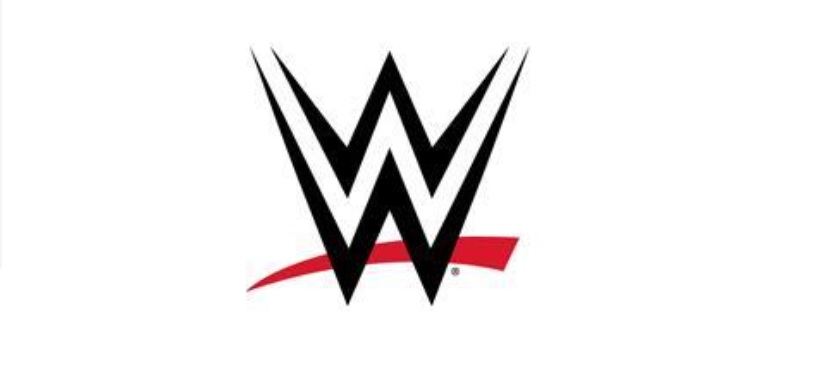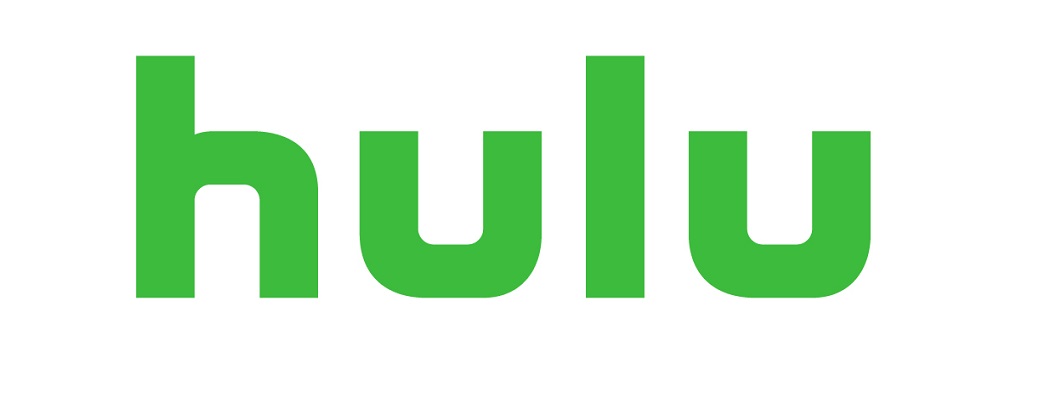Lots of companies have made contributions to the modern streaming and TV ecosystem and Google has played a big part. But its biggest contribution to the ecosystem is not an app. Yes, YouTube is the most popular app in streaming, but to be fair, Google did not launch it. It bought it and expanded on it. But it was already a popular way to share video before the company took it to its current heights. And it could be argued that if not YouTube then a competitor would have done more or less the same thing. Sure Daily Motion and Vimeo may be much smaller in scale these days, but without Google’s power YouTube may have remained a cat video machine.
YouTube TV is a popular cable replacement option. Over 4 million people use it to get their fix of live cable and broadcast networks. But again, this is not a unique concept. It is a well-executed one though. And its connection with NFL Sunday Ticket may prove to be a big player in the sports world going forward. Yet it followed, Sing TV, the now defunct Sony PlayStation Vue, Hulu with Live TV and DirecTV Now into the market. This is not to say that it won’t eventually be one of the top options 10 years from now. It just was not unique.
Google’s biggest differentiator in the streaming world has been Chromecast. Not the little dongle. But the method of transferring video from a phone and in some cases computers and Chrome Books.
When the Chromecast dongle debuted 2013 it hit like a thunderbolt. But overtime the idea that users would be required to supply the content via other devices caused the actual device to lose favor to Roku and Amazon’s Fire TV which launched in 2014. But the idea of sending video and even full screen transmissions via a protocol called Wireless Direct or WiDi has proven very popular and been integrated into nearly every smart TV system in one way or another. While some operating systems only allow for limited use of the protocol major manufacturers like Vizio, LG, and Samsung fully build in the capability in order to be able to offer access to more apps regardless of what it in their own proprietary app stores. Android TV and Google TV powered sets, which of course run Google’s own systems also integrate the protocol.
The reason Chromecast is such an important part of streaming is that it provides ways for apps that are not already included in app stores for one reason or another to make their way onto the big screen. Apple pioneered the concept via its own method called “AirPlay” and mirroring, but limited the connectivity between Apple IOS and Mac devices and Apple TV Streaming Boxes. Over time Apple has also integrated its protocol into the same major brands that Google did, but Google made the experience much more simple and universal.
The Chromecast protocol may outlast Google TV and even YouTube TV depending on how the tastes of the public evolve and more consolidation changes the face of linear TV. If you have a TV with “Chromecast built-in” it means that you are a website or an app away from content that is not otherwise built-in to the TV. While that did not make sense as the primary way to get content as a backup and situational solution it’s great.
Chromecast is a perfect example of a simple technology that solves a problem elegantly.






